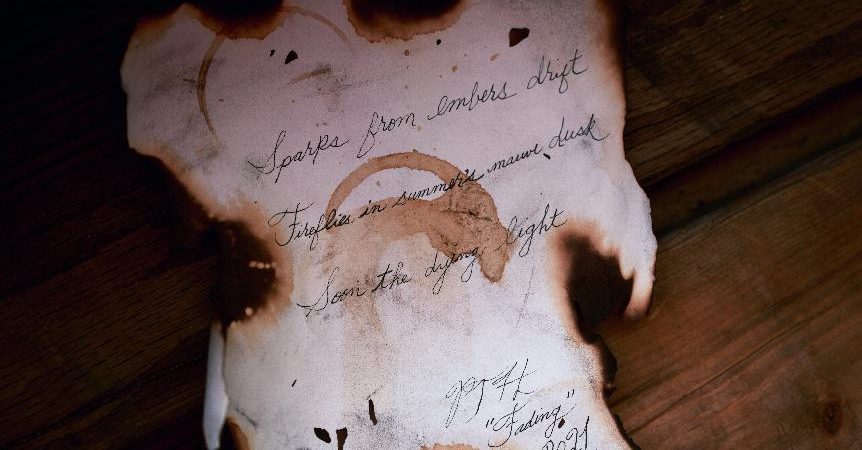- June 27, 2024
- Travel Jiffy
- Portugal Travel Guide Blog
Table of Contents
TogglePlanning a serene visit to a church? Just ask, 'A que horas abre a igreja?' for the perfect timing.
Need to satisfy your shopping desires? Simply ask, 'Onde posso encontrar o mercado?' and discover local treasures.
And when seeking some nature therapy, don't forget to ask, 'Qual é a melhor forma de chegar ao parque?' to enjoy the outdoors effortlessly.
With these phrases in your pocket, locating landmarks is a breeze, granting you the freedom to wander and discover the beauty around every corner.
Basic Dining and Food Phrases
I often use basic dining phrases in Portuguese when traveling. Phrases like 'Quero fazer um pedido' (I'd like to place an order) and 'A conta, por favor' (The check, please) are super handy.
When I want to know if there are vegetarian options, I say 'Eu sou vegetariano/a' (I am vegetarian). If I'm curious about the restaurant's specialty, I ask 'Qual é a especialidade da casa?' (What is the house specialty?).
During a meal, if I find the food delicious, I express it by saying 'Está delicioso/a' (It's delicious). And when I want more of a dish, I politely ask 'Mais um, por favor' (One more, please).
When I need to see the menu, I say 'Podemos ver o cardápio, por favor?' (Can we see the menu, please?) or 'O que você recomenda?' (What do you recommend?). Polite phrases like 'Com licença' (Excuse me) and 'Muito obrigado/a' (Thank you very much) make dining in Portuguese-speaking countries even more enjoyable.
Asking for Directions in Portuguese
As I wander through the streets of Portugal, I often find myself in need of directions to discover hidden gems or famous landmarks. Knowing how to ask 'Onde fica…?' or 'Como chego a…?' can make exploring a new city much easier.
Understanding basic directional terms and politely requesting guidance from locals can turn traversing foreign streets into an exciting adventure.
Navigating Portuguese Streets
To traverse Portuguese streets effectively, I always start by using phrases like 'Onde fica…?' or 'Como chego a…?' to ask for directions. It's crucial to be polite, so I usually begin with 'Desculpe-me, pode me ajudar?' to show respect when seeking guidance.
Understanding basic directional vocabulary like 'direita' (right), 'esquerda' (left), 'em frente' (straight ahead), and 'atrás' (behind) can make following directions much easier.




Leave a Reply